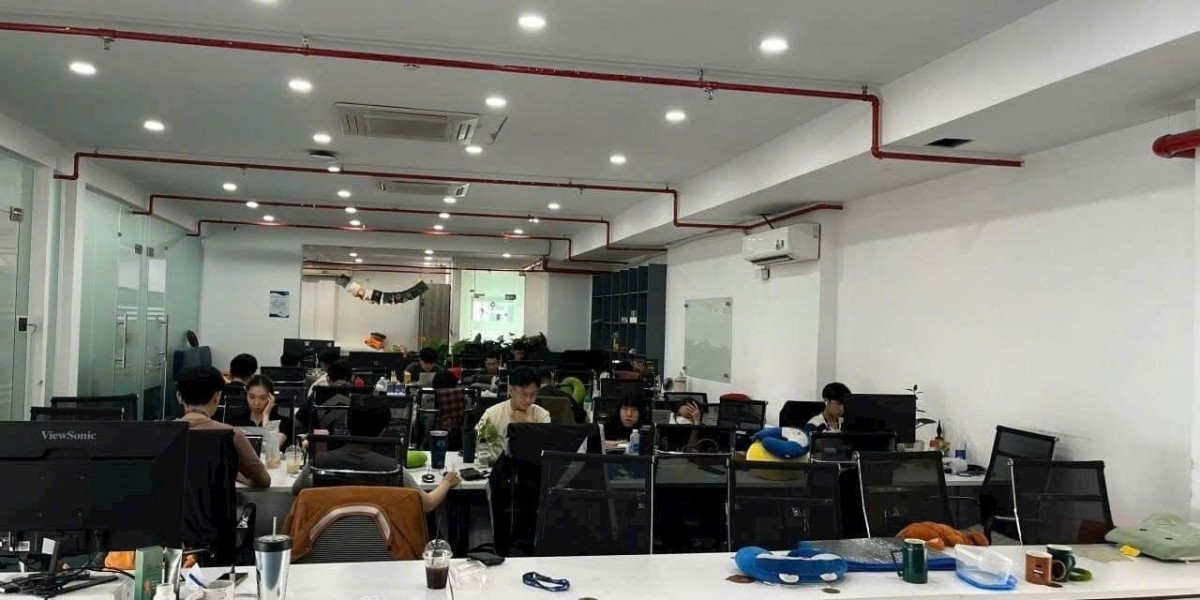In the competitive world of retail, creating an environment that not only attracts customers but also keeps them coming back is essential. A well-designed retail space can make the difference between a one-time sale and lifelong brand loyalty. This is where the expertise of a commercial interior designer becomes invaluable. These professionals understand how to merge aesthetics with functionality, creating spaces that resonate with customers while optimizing business goals.
The Importance of Thoughtful Retail Design
Retail spaces are more than just places to display and sell products. They are experiences. Shoppers today are looking for more than just a transaction; they seek ambiance, comfort, and an emotional connection with the brand. A skilled commercial interior designer can transform a store into an immersive environment that tells a story, making customers feel engaged and valued.
Key Strategies for Designing Successful Retail Spaces
1. Understand Your Target Audience
The foundation of great retail design lies in knowing who your customers are. A commercial interior designer will analyze your target demographic to determine their preferences, behaviors, and needs. For instance:
- Are your customers young and tech-savvy? Incorporate interactive digital displays and a sleek, modern design.
- Do they value sustainability? Opt for eco-friendly materials and energy-efficient lighting.
By aligning the design with the customer profile, you create a space that feels personalized and inviting.
2. Optimize Layout for Flow and Functionality
The layout of a retail space directly impacts how customers navigate the store. Popular layout styles include:
- Grid Layout: Ideal for grocery stores or pharmacies, where efficiency is key.
- Free-Flow Layout: Encourages exploration, perfect for boutiques and high-end stores.
- Loop Layout: Guides customers through a predetermined path, maximizing exposure to products.
A commercial interior designer can ensure the layout not only showcases your products effectively but also enhances the overall shopping experience.
3. Leverage Lighting to Set the Mood
Lighting is a powerful tool in retail design. It can highlight key products, set the tone, and guide customer attention. For instance:
- Use warm lighting to create a cozy atmosphere in a boutique.
- Employ bright, focused lighting to highlight premium products.
- Integrate natural light wherever possible for a welcoming and sustainable approach.
4. Incorporate Branding into the Design
Retail spaces should visually represent the brand’s identity. From color schemes to furniture choices, every element should align with your brand’s story. A professional commercial interior designer ensures consistency between your physical store and your brand’s overall image, creating a seamless customer experience.
5. Emphasize Comfort and Accessibility
Comfortable seating areas, clear signage, and accessible layouts make your store more welcoming. Offering amenities like charging stations or refreshment zones can encourage customers to stay longer, increasing the likelihood of purchases. Accessibility for all, including those with disabilities, is not just a legal requirement in many places but also a hallmark of thoughtful design.
6. Harness Technology and Innovation
Today’s customers appreciate a tech-enhanced shopping experience. Consider features like:
- Smart mirrors in fitting rooms.
- Contactless payment systems.
- Augmented reality (AR) for virtual product try-ons.
A commercial interior designer can seamlessly integrate these technologies into your retail space, ensuring they enhance rather than overwhelm the shopping experience.
How a Commercial Interior Designer Can Help
A seasoned commercial interior designer brings more than just design skills to the table. They:
- Offer insights into current and future retail design trends.
- Maximize the use of available space for both aesthetics and functionality.
- Provide cost-effective solutions without compromising on quality.
- Coordinate with contractors, architects, and vendors to streamline the design process.
Conclusion
Designing a retail space that keeps customers coming back is a blend of art and science. It requires a deep understanding of customer psychology, brand identity, and innovative design principles. Partnering with a commercial interior designer ensures that your store not only meets but exceeds customer expectations, fostering loyalty and repeat visits.
Investing in thoughtful, professional retail design isn’t just about aesthetics; it’s about creating a space where customers feel understood, valued, and eager to return. After all, a great retail space is one where customers don’t just shop—they connect.






